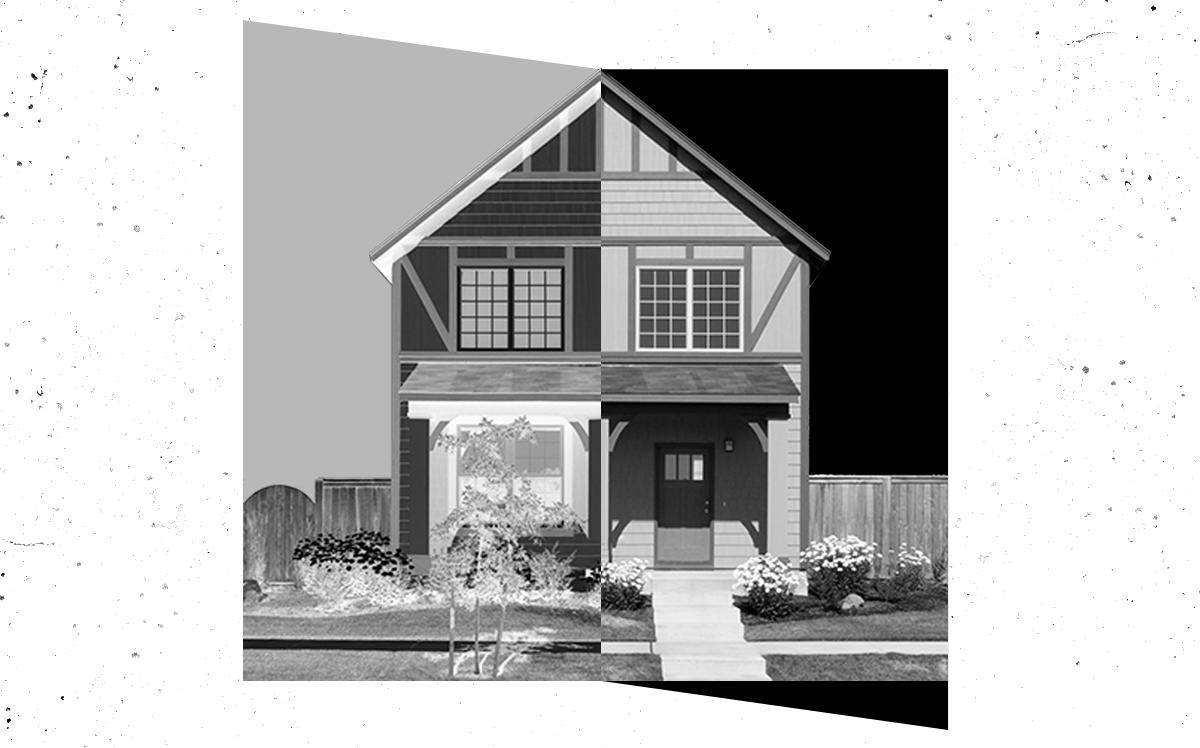New home mortgage borrowers in majority-Black communities are charged higher interest rates than borrowers in majority-white communities.
That was the finding from an analysis of 2018 and 2019 home purchase mortgage data, according to a Realtor.com report. It showed that homebuyers in areas where Black people comprised over 70 percent of the population received loans with interest rates 13 basis points above those homebuyers received in the majority-white neighborhoods.
Realtor.com analyzed the data that was compiled by real estate information company Optimal Blue.
The difference adds up to nearly $10,000 more that homebuyers in the majority-Black communities paid than white communities over the life of a typical 30-year fixed rate loan, the report found.
The report found the higher rates “are in part a byproduct of systemic racism that has resulted in higher unemployment and poverty rates in Black communities.” That means less wealth is passed down from previous generations, wealth the report said “would often be used to help children and grandchildren buy their own homes or pay for college.”
Nearly three-quarters of white Americans own their homes, compared to just 44 percent of Black Americans, according to 2020 U.S. Census data. That often means Black Americans have to settle for mortgages with low down payments and higher interest rates, according to the report.
The study also highlighted less explicit examples of bias that contribute to consistently worse outcomes for Blacks in the mortgage market.
In the wake of the 2008 financial crisis, many mortgage lenders tightened their belts, only originating loans to those with excellent FICO scores and low debt-to-income ratios. Those standards disproportionately hurts borrowers in majority-Black communities where the average borrower typically has a lower FICO score and a higher-debt-to-income ratio, according to the report.
Still, the report notes that credit scores don’t fully explain the difference in mortgage rates. Borrowers with FICO scores north of 700 living in majority-white areas received mortgage rates that were 8 basis points below the median for their metro area. Such discounts weren’t offered to borrowers in majority-Black areas with similar credit. Eight basis points — less than 1/10 of a percent — adds up to $11,000 over the course of a typical 30-year fixed rate mortgage.
The scarcity of traditional bank lenders in majority-Black communities may also contribute to the Black-white mortgage rate gap, the report noted. Small mortgage brokers in low-income communities tend to issue fewer loans. In turn, they cannot spread out their risk as much and must charge higher rates to turn a profit.
The findings coincide with news that the Trump administration has essentially opted to disregard evidence of discrimination in lending. ProPublica recently reported that the U.S. Treasury Department shelved at least six investigations into discriminatory lending practices at major banks and mortgage lenders in the United States.
The Trump administration also recently announced that the U.S. Department of Housing and Urban Development would eliminate an Obama-era rule requiring localities to proactively evaluate segregation in housing. On Wednesday, President Trump tweeted that with the rollback, “I am happy to inform all of the people living their Suburban Lifestyle Dream that you will no longer be bothered or financially hurt by having low income housing built in your neighborhood.”
